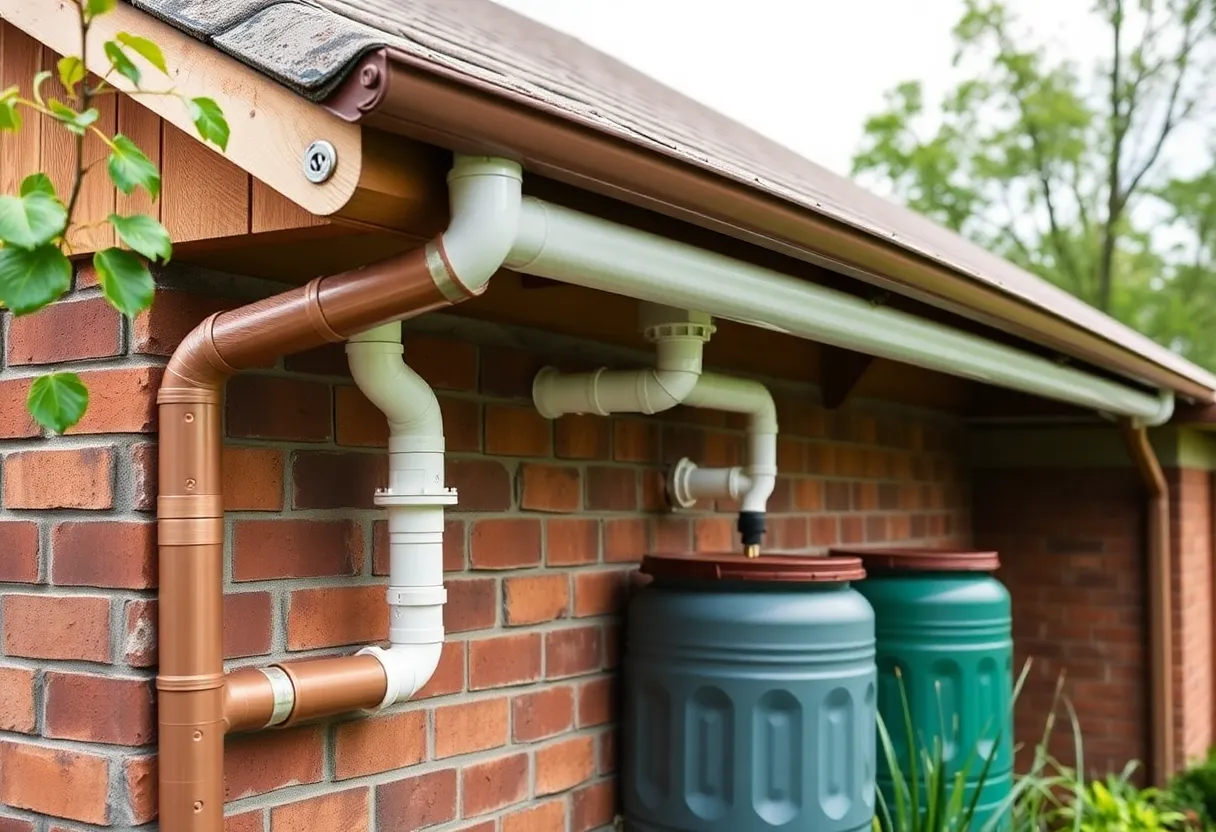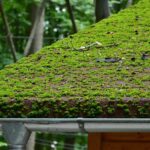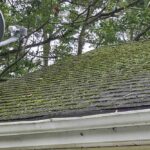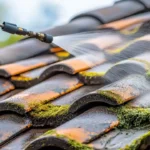Living in areas with high rainfall can be a challenge, especially when it comes to maintaining your home’s roof. Proper roof drainage is crucial in rainy climates to prevent water damage and extend the life of your home. By understanding a few key tips, homeowners can ensure their roofs remain in top condition, regardless of how much it rains. Let’s explore some essential roof drainage tips that can help safeguard your home.

Understanding the Importance of Roof Drainage
Before diving into specific tips, it’s vital to understand why roof drainage is so important. Effective drainage systems prevent water from accumulating on the roof, which can lead to leaks, structural damage, and mold growth. In rainy climates, the risk of these issues is significantly higher, making it essential to have a reliable drainage system in place.
Key Benefits of Proper Roof Drainage
- Prevents water accumulation and leaks
- Reduces the risk of structural damage
- Minimizes mold and mildew growth
- Extends the lifespan of your roof
Essential Roof Drainage Tips
1. Regular Maintenance and Inspections
One of the most effective ways to ensure your roof drainage system is functioning properly is through regular maintenance and inspections. This includes checking for blockages, cracks, or damage in the gutters, downspouts, and drains. For a comprehensive guide, you can refer to the roof inspection checklist.
2. Keep Gutters and Downspouts Clear
Clogged gutters and downspouts are common culprits of poor drainage. Ensure they are clear of leaves, twigs, and other debris that can obstruct water flow. Regular cleaning is essential, especially during the rainy season.
3. Consider Installing Gutter Guards
To further prevent debris buildup, consider installing gutter guards. These devices cover your gutters and prevent large debris from entering, allowing water to flow freely. This can significantly reduce the frequency of gutter cleaning.
4. Ensure Proper Downspout Extension
Downspouts should extend several feet away from your home’s foundation to prevent water from pooling around the base. This not only protects the foundation but also reduces the risk of basement flooding. For DIY tips on downspout repair, check out this handy guide.
5. Install a Sump Pump
In areas prone to heavy rain, installing a sump pump can be an effective way to manage excess water. These pumps help remove water that accumulates in your basement or crawlspace, reducing the risk of flooding.
Advanced Roof Drainage Solutions
1. French Drains
French drains are underground drainage systems that can effectively redirect water away from your home. They are particularly useful in areas with heavy rainfall and poor natural drainage.
2. Rain Barrels
Collecting rainwater in barrels is not only eco-friendly but also helps manage excess water. This water can be used for gardening and other outdoor activities, reducing your water bill.
3. Roof Slope and Materials
The slope and materials of your roof play a significant role in drainage. Ensure your roof has a sufficient slope to allow water to run off easily. Additionally, consider using materials that are resistant to water damage.
Common Mistakes in Roof Drainage
Many homeowners make mistakes when it comes to their roof drainage systems. Avoid these common pitfalls:
1. Ignoring Regular Maintenance
Neglecting regular maintenance can lead to severe water damage over time. Schedule regular inspections and cleanings to keep your system in top condition.
2. Improper Gutter Installation
Ensure your gutters are installed correctly and have the appropriate slope to facilitate water flow. Poor installation can lead to water pooling and overflow.
3. Overlooking Roof Repairs
Small leaks or damage can quickly escalate into significant problems if left unaddressed. Promptly repair any issues to prevent further damage. For more information on fixing roof discoloration, visit this resource.
FAQ Section
1. Why is roof drainage important in rainy climates?
Proper roof drainage prevents water accumulation, reducing the risk of leaks and structural damage. It is crucial for maintaining the integrity of your home.
2. How often should gutters be cleaned?
Gutters should be cleaned at least twice a year, especially before and after the rainy season, to prevent clogs and ensure efficient water flow.
3. What are gutter guards, and are they effective?
Gutter guards cover your gutters to prevent debris from entering. They are effective in reducing the frequency of cleaning and maintaining efficient drainage.

Conclusion
In rainy climates, ensuring your roof drainage system is in excellent condition is vital for protecting your home. By implementing these tips and avoiding common mistakes, you can safeguard your property from water damage and extend the life of your roof. For additional information on residential roof drainage solutions, you can visit this external source.
This article contains affiliate links. We may earn a commission at no extra cost to you.








